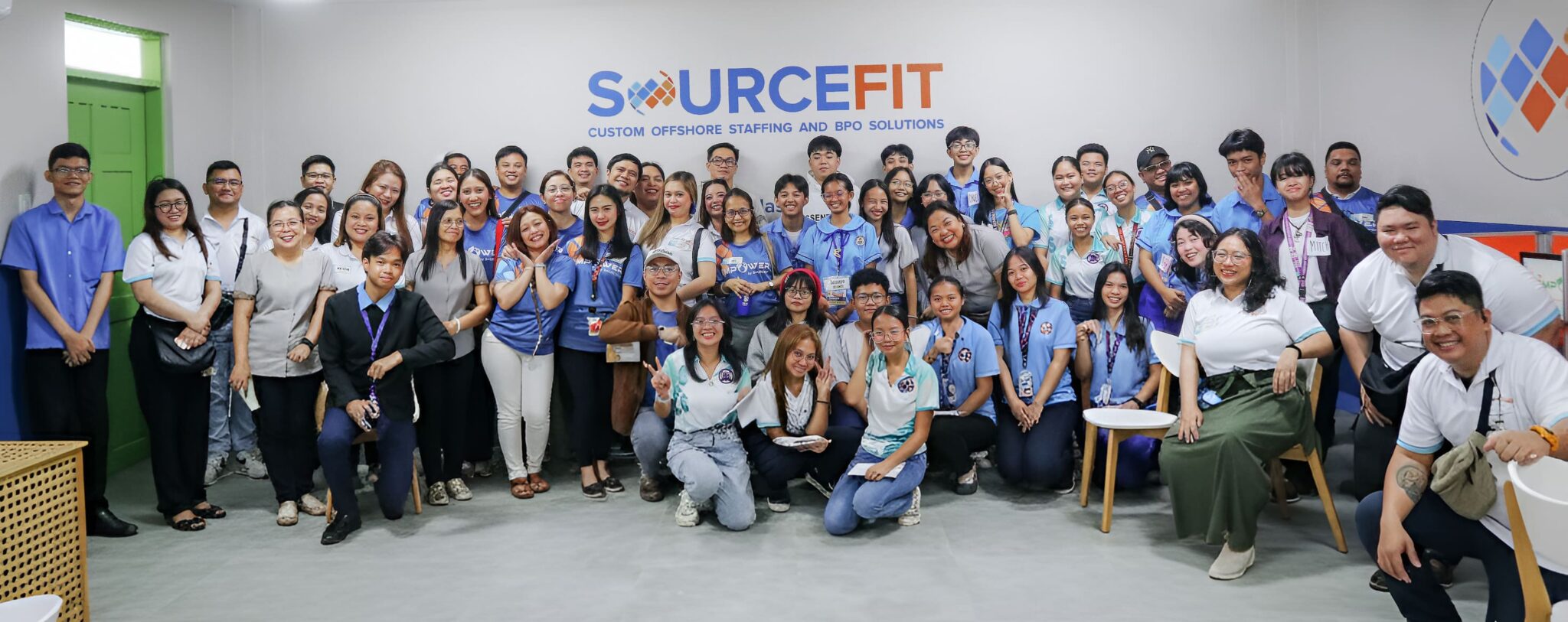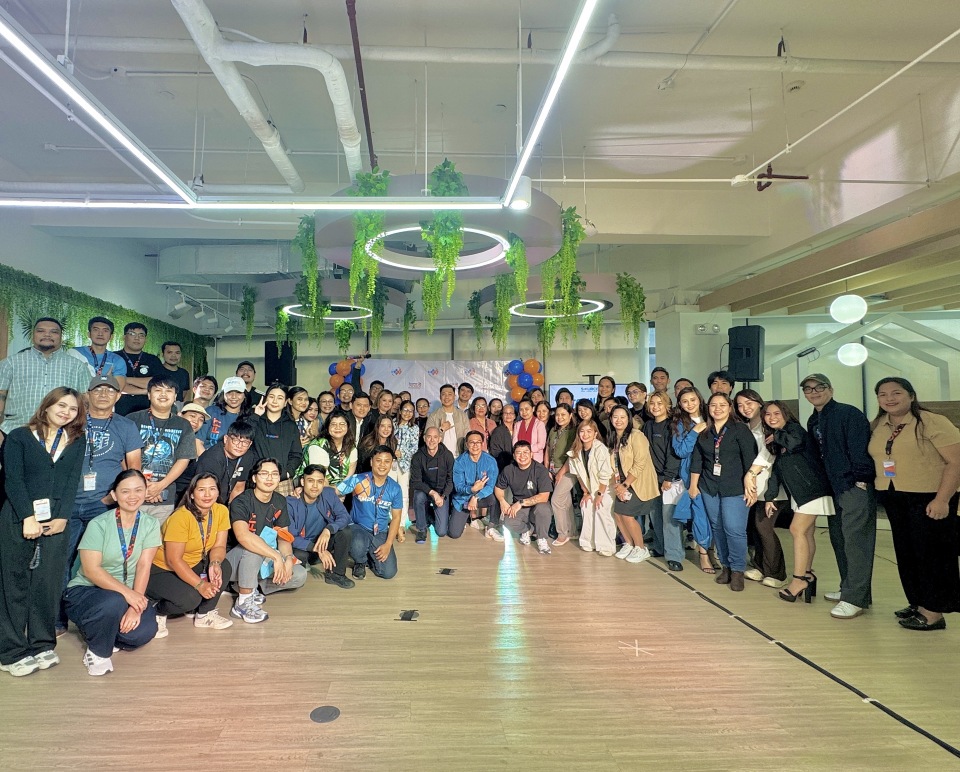Our Latest Blogs
Offshore outsourcing in 2025: Choosing the right country for your team
Employer of Record (EOR) outsourcing: Balancing technology with real HR support
Customer service outsourcing in 2025: Building CX that scales

This accent was voted the World’s Second Sexiest and it’s revolutionizing global outsourcing
Sourcefit EmpowerED: Nurturing the youth for greater workplace opportunities
Celebrating our people and progress at Sourcefit’s 2025 midyear town hall
Outsourced Staffing Solutions
Most Popular
The Top Call Centers in the Philippines
8 Questions About Outsourcing You Should Ask

Top outsourcing companies in the Philippines
8 Tips for Successful Outsourcing
7 Reasons Why You Should Outsource in the Philippines























